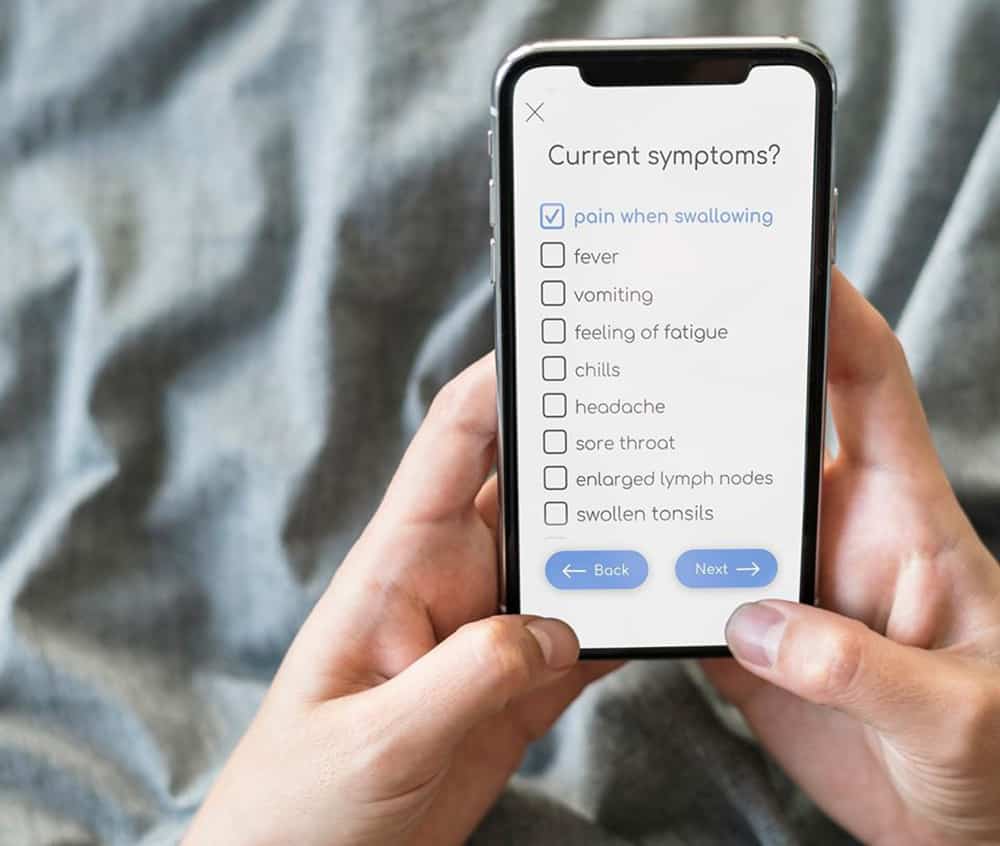Guest Article: Telehealth to gain stride in the remote healthcare space – The top three trends to look out for


With telehealth products and services expanding rapidly, from wearable monitoring devices to online video calls with doctors, it begs the question of what new innovations and trends we’re going to see in the future, and how they will help patients and healthcare professionals alike.
In this article, Deepu Bhat, Content Specialist for market research firm Fortune Business Insights, discusses how telehealth has changed the healthcare sector and what upcoming trends we can expect to see.
Technology is evolving rapidly across all sectors. In the healthcare industry, technology has made a huge impact with the introduction of artificial intelligence (AI) and robotics among others.
Improving patients’ quality of life has always been the main focus for carers and telehealth is one such innovative discovery as it allows patients to have a speedy recovery and fulfil their unmet needs.
Telehealth was once thought as a futuristic plan, but now it plays a significant role in the healthcare industry as people all over the world look for quality, comfort, and convenience. One of the best aspects of telehealth is that it significantly reduces travel time, especially for patients in remote areas.
The explosive growth of telehealth is witnessed by the increasing use of wearable health-tracking and patient health monitoring devices. For instance, blood pressure monitoring devices are the most widely used wearable devices among seniors. These devices are integrated with telehealth programs to deliver effective patient care.
Telehealth has changed the present paradigm of care by allowing improved healthcare access, such as intensive care and clinical services to remote patients.
Three upcoming telehealth trends to look out for
Awareness of telehealth
Everyone says that telehealth has transformed the remote healthcare sector or has stirred a revolution in the healthcare industry. But has it really been able to achieve the success it should have? There is still some percentage of the population who want to physically visit a doctor and get treated.
Moreover, there are people who have zero knowledge of telehealth. So, telehealth can only transform the remote healthcare space when the majority of people around the world are aware of this remote medicine.
Government is actively supporting this service by implementing awareness policies and granting funds to make telehealth more accessible and affordable to all. For example, the Dubai Health Authority (DHA) adopted seven main components of telehealth services in September 2019. Some of these include online consultations, usage of e-medical files to see patient’s history, medicine prescription via telemedicine, and others.
Additionally, the Office for the Advancement of Telehealth (OAT) actively promotes telehealth services in remote areas through programs such as the Telehealth Network Grant Program (TNGP) and the Telehealth Resource Center Program (TRC).
Why travel when you can chat with your doctor?
Talking about advanced technologies in healthcare, robotics, artificial intelligence, and automation have gained considerable popularity in telehealth services. Getting information in real-time has proven very useful for patients, carers and insurance companies.
Now, patients can chat in real-time with the introduction of online interactive portals. This brings our attention to a telemedicine app called MDBox which connects doctors and patients through a video chat. Researchers say that investing time in video chat is equivalent to a single doctor’s visit. This app can diagnose the patient’s condition via video chat and prescribe a treatment plan accordingly.
Another new development in telehealth is the introduction of a mental health application called Woebot. The app offers talk therapy to patients with mental health problems using cognitive behavioural therapy (CBT).
Telehealth has healed people who need urgent care and are situated in geographically remote places.
Millennials to be more associated with telehealth
According to the American Medical Association (AMA), from 2014 to 2018 patients aged between 31 and 40 years were primarily adopting telehealth services. Millennials are slowing starting to understand the benefits of telehealth and their appetite for physical consultation is shifting towards virtual care.
Considering this, healthcare organisations are planning to train their physicians on telemedicine to provide these services. Millennials want fast and affordable services which they can easily access by the touch of their fingertips.
A recent study by Fortune Business Insights states that the demand for teletherapy is on the rise as employees are experiencing ‘workplace stress’. WHO refers to this chronic stress as “burnout” which can affect the employee’s productivity and overall performance.
One good example of teletherapy is Patinmest – an online counselling tool – which allows patients to chat with their doctors through different channels such as email, phone, and video. Adoption of this therapy is helping employees to cope within various organisations.
Conclusion
The digital health industry has come a long way and has started to deliver services effectively after years of practice. Artificial intelligence, machine learning, or automation won’t replace the doctor but will act as an assistant for the diagnosis and treatment.
Humans still play a crucial role when it comes to making decisions. AI can help us in reading the enormous data from wearable or patient monitoring devices, but at the end, it is a doctor who suggests what to do next. Machine learning is good, but respect, empathy, and care can only be expected from doctors.
Technology has emerged and telehealth is paving its way into the lives of patients as people love quality and convenience. Telehealth is slowly becoming the doorway to the healthcare needs of people and is likely to make enormous progress in the future.
About the author
Deepu Bhat works as a content specialist for Fortune Business Insights. As a content writer and editor, her role involves creating unique content and she has experience in writing articles, blogs, press releases, and social media marketing. Deepu specialises in offering key insights and relevant information.

